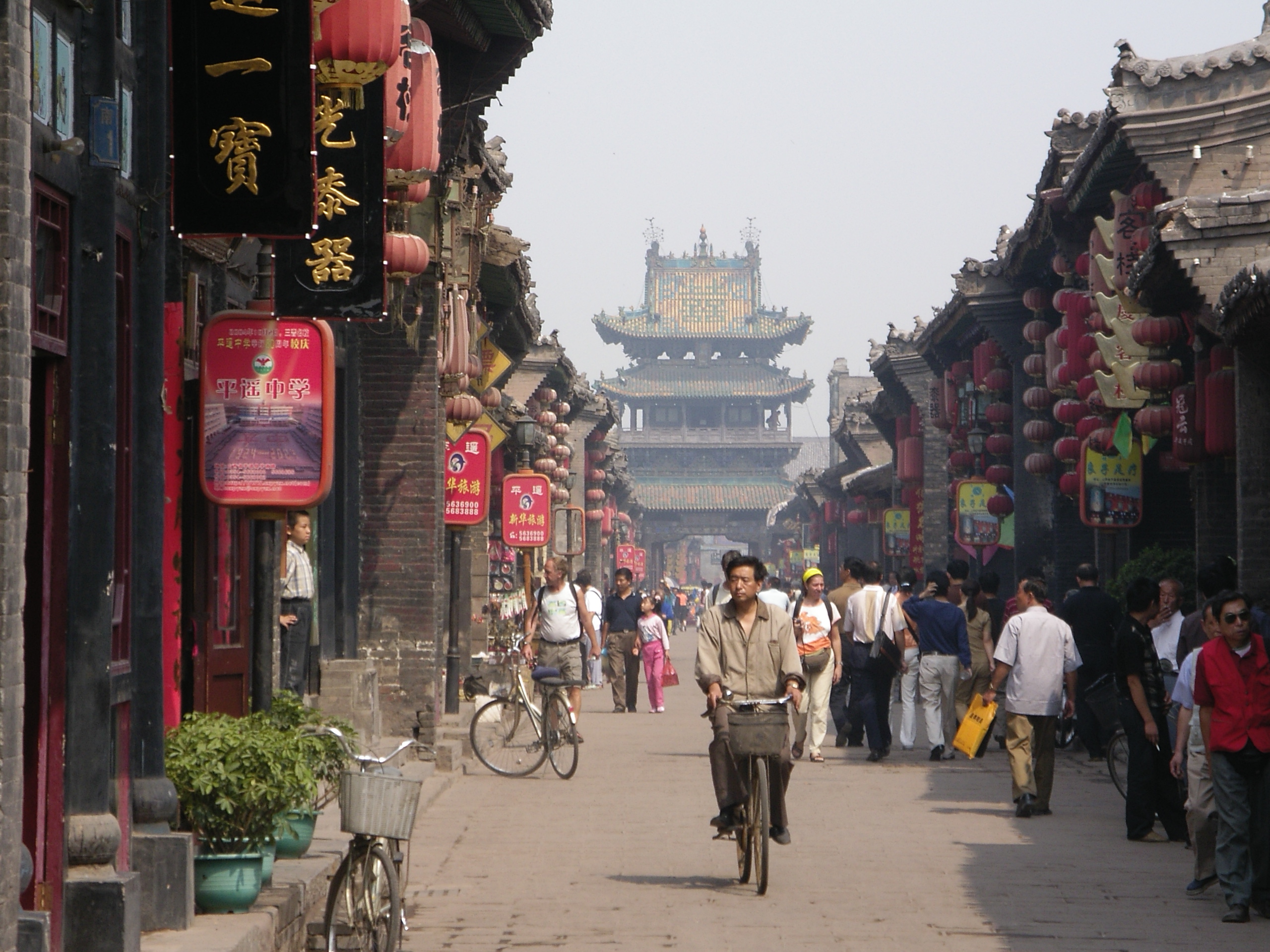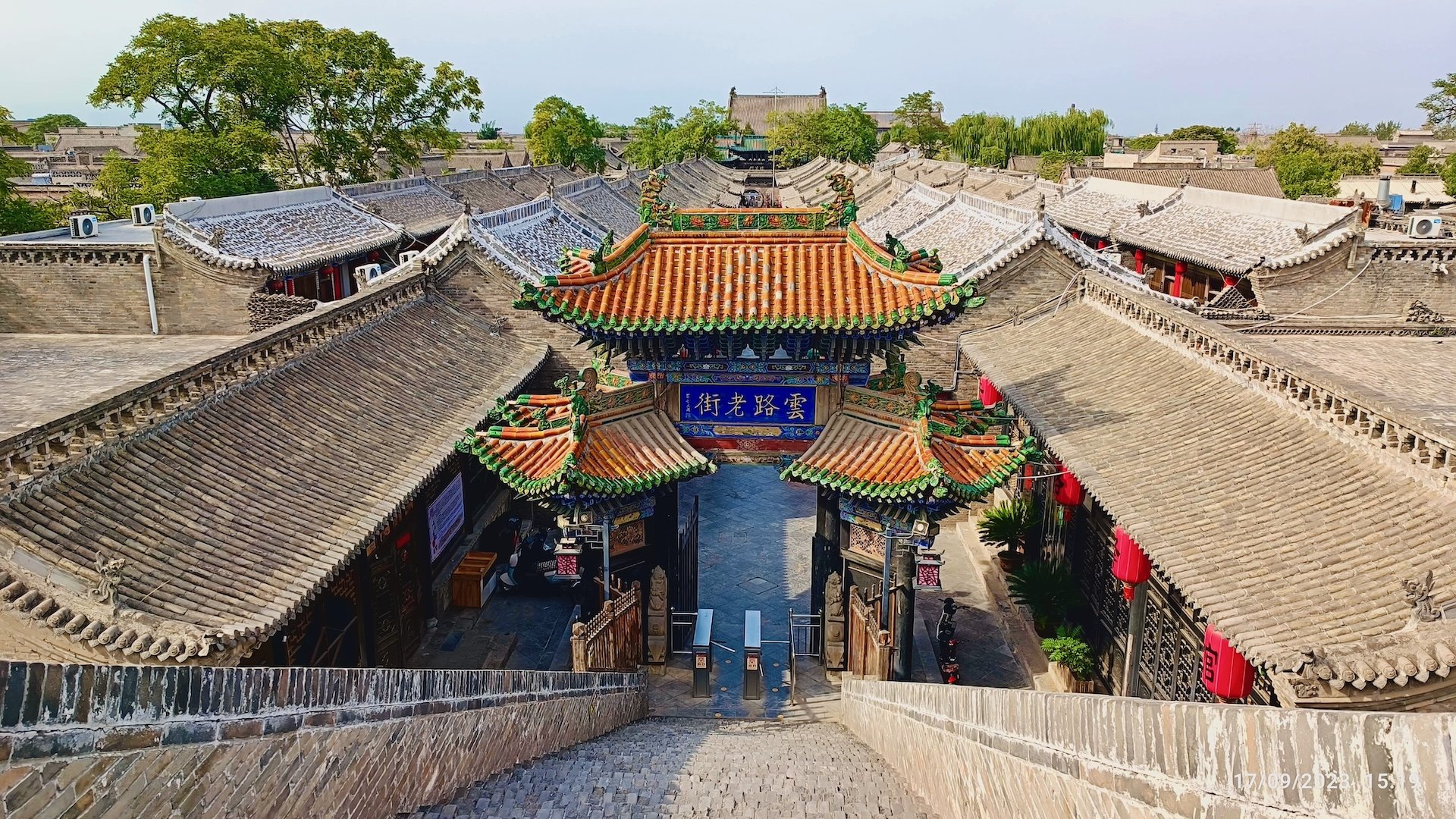Tracing Pingyao’s Ancient City Walls and Merchant Past
Step back in time with jusha.travel as we journey to Pingyao, a city that stands as a living testament to China’s rich history. Here at jusha.travel, we love sharing tips to make your China journey unforgettable, and exploring Pingyao Ancient City is an experience that truly transports you to a bygone era. This remarkably preserved UNESCO World Heritage site offers an unparalleled glimpse into China merchant history and ancient urban life. Join us as we delve into the secrets held within Pingyao’s formidable walls and uncover why it’s one of China’s most captivating Pingyao historical sites, a true gem among cultural attractions Pingyao has to offer, and an essential stop on any China history travel itinerary.

The Unyielding Foundations: Origins and Construction of Pingyao’s Ancient City Walls
The story of Pingyao’s city walls is a saga stretching back millennia. Their origins trace back to the Western Zhou (Xizhou) dynasty, with initial construction recorded around 827 B.C., giving the city a continuous history spanning approximately 2,700 years. For more details on its ancient origins, you can refer to resources like China Highlights’ Pingyao Ancient City Wall and Visitourchina’s Ancient City Wall of Pingyao.
However, the impressive walls we see today largely owe their robust form to the Ming Dynasty. A substantial rebuilding and expansion effort took place in 1370 during the Ming Dynasty. This major undertaking reflected the heightened defense needs of the era, particularly to shield against nomadic invasions from the north, including the Mongols. Sources like China Odyssey Tours’ Ancient City Wall in Pingyao provide further insight into this period of fortification.
The architectural prowess of ancient Chinese engineers is on full display here. The walls were constructed using a sturdy combination of brick and stone exteriors with resilient rammed earth cores. Standing approximately 10 meters high, stretching roughly 6,157–6,163 meters long, and about 3.5 meters wide at the top, these walls were formidable barriers. From an aerial perspective, the city’s layout remarkably resembles a turtle – a revered symbol in traditional Chinese culture associated with eternity and resilience. The southern and northern gates form the “head” and “tail,” while the east and west gates represent the “limbs,” a fascinating detail highlighted by Peace LiLy’s “Exploring the Timeless Charm of Pingyao Ancient City”.
Pingyao stands out as one of China’s best-preserved walled cities, retaining a continuous defensive structure largely untouched since the Ming period. This exceptional preservation is a key reason it remains such a significant Pingyao historical site.

Walls of Resilience: Defensive and Symbolic Role
The primary motivation behind the massive construction of Pingyao’s walls was, unequivocally, defense. During the Ming dynasty, Pingyao held a strategic position along vital frontiers. The immense fortifications were crucial for protecting the city and its inhabitants from invasions, especially from the Tatar tribes situated to the north and west. This protective function is well-documented by sources such as China Highlights.
Beyond their practical defensive capabilities, the walls held profound symbolic meaning. The city’s distinctive turtle-shaped design was more than just an architectural quirk; it was deeply symbolic, reflecting themes of longevity, prosperity, and durability that are central to Chinese culture. This symbolism contributed to the city’s identity and provided a sense of security and continuity. While less certain, some theories also suggest the layout might have inadvertently helped prevent flooding from the northwest.
Over centuries, the walls have undergone numerous transformations. Records indicate at least 26 significant repairs and enhancements. A notable renovation occurred in 1703 during the Qing dynasty, when four additional city gate towers were constructed. These were added to honor an imperial visit and further enhanced the grandeur and defensive capabilities of the city, underscoring its enduring importance.

A Glimpse Inside: Architectural Details and Urban Fabric
The intricate design of Pingyao’s walls extends to its formidable gates and towers. The wall features six main gates: one each on the north and south walls, and two each on the east and west walls. Six gate towers, restored to their original glory, stand as magnificent examples of Ming-style architecture – simple, elegant, and stately, each soaring over 16 meters high. The blend of brick and stone with rammed earth construction showcases the remarkable skill and dedication of ancient Chinese builders, a testament to their enduring craftsmanship.
What makes Pingyao truly unique among cultural attractions Pingyao boasts is the incredible preservation of its internal urban fabric. Within the protective embrace of its walls, over 400 residential houses, government offices, temples, and shops still stand. The urban grid adheres faithfully to traditional Han Chinese planning, with a well-preserved street plan, intricate alleyways, and traditional courtyard residences. It offers a living museum of Ming and Qing architectural styles, as detailed by Peace LiLy. This unparalleled authenticity is precisely why, in 1997, Pingyao Ancient City—including its magnificent wall—was designated a UNESCO World Heritage Site, solidifying its status as a vital part of China history travel.

The Heartbeat of Commerce: Pingyao’s Merchant Legacy and Banking Center
While the walls protected, the city within flourished as a vibrant nexus of commerce. Pingyao particularly prospered during the Ming and Qing dynasties. Its strategic location transformed it into a major banking and commercial hub, a status it held from the 15th century onwards. This period marks Pingyao’s golden age, deeply embedded in China merchant history.
Indeed, Pingyao is proudly recognized as the birthplace of the piaohao, which were China’s earliest forms of banks. These institutions revolutionized finance, handling remittances, currency exchange, and large-scale financial transactions across the empire. The very first piaohao, Rishengchang, was founded here in 1823, laying the groundwork for modern Chinese banking. You can read more about this significant financial history on Larry Speck’s blog.
Ironically, it was economic decline that ultimately preserved Pingyao’s historical integrity. By the early 20th century, the financial landscape of China shifted, with new financial centers emerging in cities like Shanghai and Hong Kong. With the Qing dynasty defaulting on loans and the rise of modern banking, Pingyao’s economy stagnated. This stagnation inadvertently protected it from the rapid modern development that transformed many other Chinese cities, leaving its historic fabric remarkably intact. Today, as a result, Pingyao Ancient City offers a vivid, unparalleled window into China’s commercial and social life from centuries past, with its old shops, traditional bank buildings, and grand merchant mansions still standing, as described by Peace LiLy.
Why Pingyao’s Walls—and Past—Matter Today
Pingyao’s exceptional status is undeniable. Unlike many ancient Chinese towns that have been altered by war or modern redevelopment, Pingyao’s fortifications and urban environment have survived remarkably intact, even more so than some better-known sites. This makes it an invaluable destination for anyone interested in China history travel.
The city walls are more than just physical barriers; they are powerful symbols of local pride, ingenuity, and resilience. They stand as a profound testament to China’s urban history and the pivotal role Pingyao played in both national commerce and governance. The story of Pingyao is the story of trade routes, financial innovation, and enduring heritage, making it one of the most compelling Pingyao historical sites.
Today, this well-preserved city attracts countless scholars and tourists from around the globe, eager to explore its unique architecture, priceless cultural relics, and the fascinating stories of its merchant families and ancient banks. Walking its ancient streets and along its walls provides an immersive experience into the essence of Pingyao Ancient City and its rich past, as recounted by Larry Speck.
Conclusion
Pingyao Ancient City, with its formidable walls and vibrant merchant legacy, offers a truly unique and immersive journey into China’s past. From its origins in the Western Zhou dynasty to its flourishing as a banking capital during the Ming and Qing, Pingyao stands as a remarkably preserved monument to courage, commerce, and culture. It’s a must-visit for anyone seeking authentic China history travel, offering insights into China merchant history and unparalleled access to Pingyao historical sites that are also incredible cultural attractions Pingyao is proud to share. We hope this guide has inspired you to consider Pingyao for your next adventure!
What part of Pingyao’s history fascinates you the most? Share your thoughts in the comments below! For more inspiring stories and practical tips for exploring China, visit jusha.travel. Don’t forget to check out our other articles on hidden gems and cultural insights across China!

